Now, we’re also facing the problem of sharp rises in gas prices. This hits especially hard in countries such as the UK, where gas is the major fuel used to heat households.
These problems reflect the ongoing “energy trilemma”: how to provide households and businesses with stable, low-carbon and affordable energy. By itself, nationalising energy systems wouldn’t solve all these problems.
Increasing public ownership of energy systems is one, more reasonable option. The growing threat of climate change, outside influences such as Brexit, and market pressures driving price increases would still exist. But publicly owned systems do have key advantages over their private counterparts.
Evidence suggests public ownership of gas and electricity grids alone would deliver huge savings to UK consumers compared with the current system. Instead of paying out rewards to private company shareholders, publicly owned and controlled transmission systems would ensure any financial surplus is either reinvested to improve the service or used to reduce energy prices.
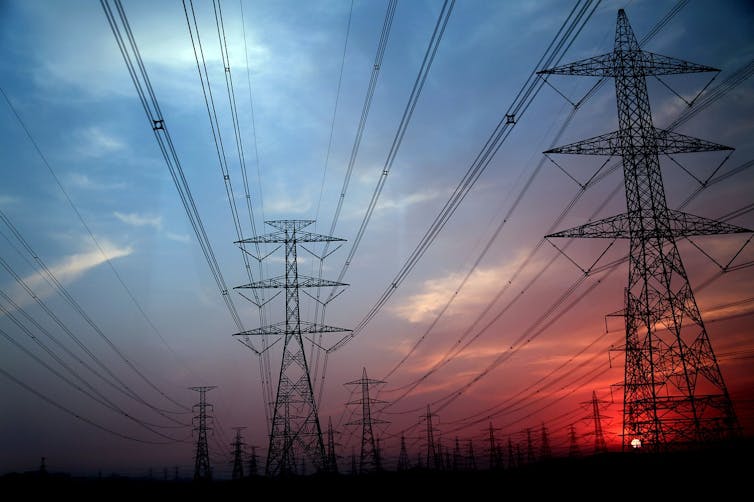
The UK’s energy system is largely privatised. AshrafChemban/Pixabay
Private UK grid companies make good money supplying our energy needs. National Grid shareholders earned £1.4bn from the company’s profits in both 2020 and 2021 and a record £3.2bn in 2017, thanks to the National Grid’s decision to sell stakes in its grid to new private owners.
…click on the above link to read the rest of the article…


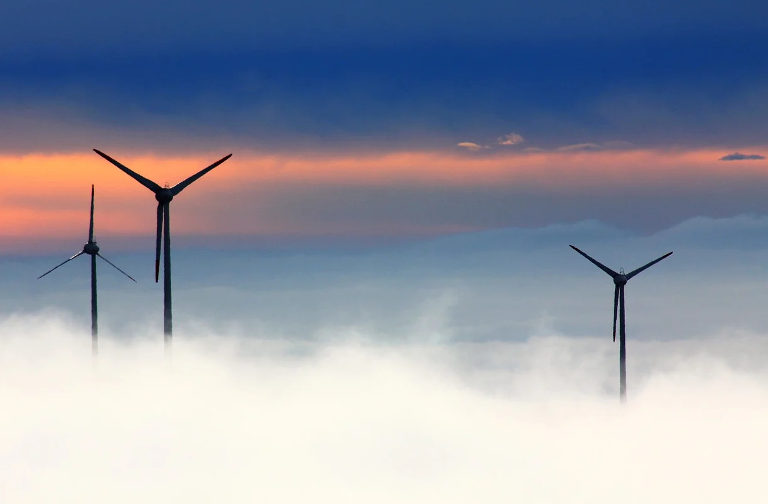
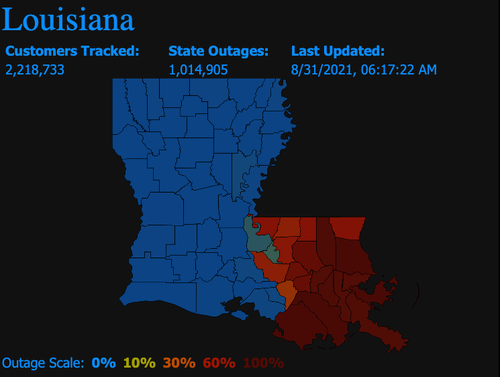

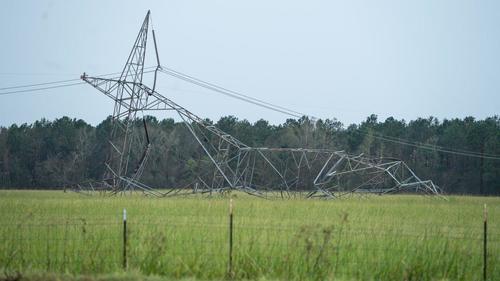
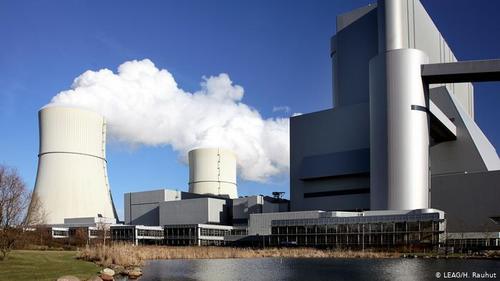
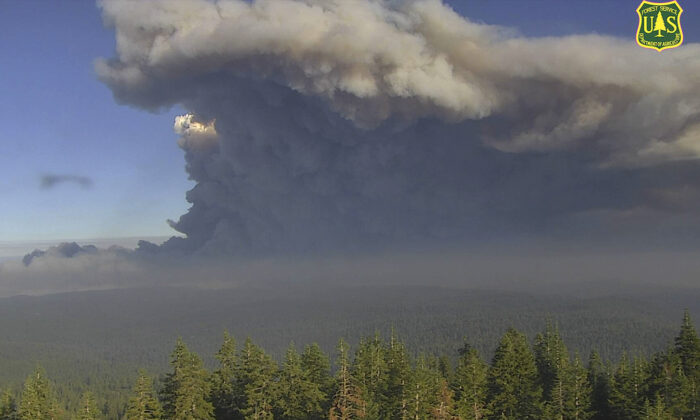




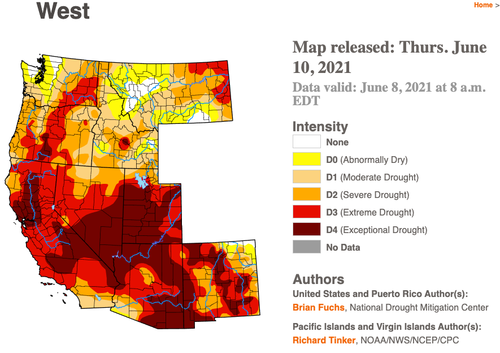
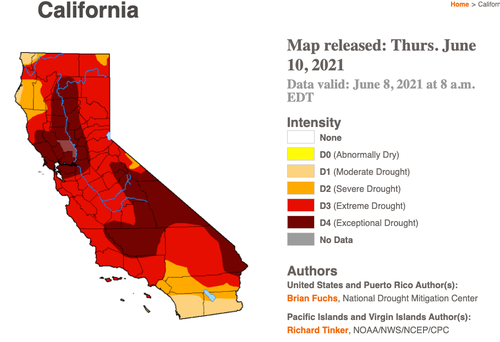
/cdn.vox-cdn.com/uploads/chorus_image/image/68951150/GettyImages_1231246672.0.jpg)

